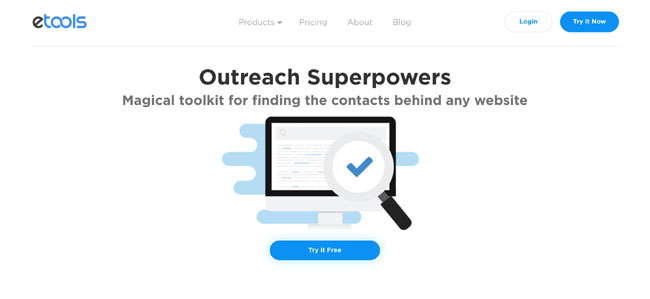Pay Per Click Advertising is one way of getting visitors to your website. But it is risky: because even after spending a fortune, generating many visits, you may end up with nothing. Pay Per Click Advertising provides some general strategies and examples of what it does to your website, and what it does not do.
The essence of Pay Per Click Advertising is this: search engines and services, such as Google or Overture offer listings on a per-bid basis. This is offered in addition to their ‘natural’ search results. These search results are powered by a combination of the keywords found on your site, the link popularity as well as other formulae. If your bid is the highest bid for a specific keyword or set of keywords, then you will rank number one in these paid listings. On Google, PPC listings show up in the Adwords column on the right-hand side of the screen. Other engines, such as MSN Search or Yahoo, call these PPC listings ‘sponsored listings’ above or below the natural search results.
If a visitor clicks on your PPC listing, they are directed to your web site. This click will be charged to you as the amount you bid. So for example, if you bid $.15 per click on ‘SMS India’, which happens to be the highest bid, your site will show up on the top. Similarly if a hundred people click on your PPC listing, then you will be charged $15.00 by the search engine or PPC service. These clicks are invariably those of people who are looking for a particular product or service.
The return on the investment can be very difficult to measure. Still you get some conversion measurement tools from Google and so on, you can track if your pay-per-click advertising is generating the desired result. But tracking tools are not completely accurate, and most of the smaller PPC providers do not deliver any conversion tracking.
Pay Per Click Advertising is fixed and its cost goes up if you get more traffic. Since your cost per click stays constant, your overall cost increases. When compared to natural search engine optimization, your cost per click goes down as you draw more traffic. In web optimization your investment is fixed as you spend time and money in order to achieve a better rank, hence your cost per click goes down as you get more visitors to your site.
Pay Per Click Advertising helps generate the traffic right away. If the people are searching for the key words and phrases on which you bid and you have placed a great ad, you start getting clicks the moment it is activated. Compared to other targeted communications, you can fine-tune your Pay Per Click Advertising in just hours, giving you flexibility to adjust to market conditions.
Pay-per-click advertising, however, should be handled like any other form of paid advertising: Gingerly, and with a clear, quantifiable short- or medium-term goal in mind. In other words, concentrate on conversions, not clicks.
How do you engineer a successful Pay Per Click Advertising campaign? By focusing more on conversion, and less on clicks. If you have to track conversions to find how your budget is working. Conversion is any time a visitor to your web site takes a desired action. Examples of conversions are– visitor makes a purchase; visitor completes a sales inquiry form, and visitor downloads a white paper and registers.
A conversion need not be a sale. But a conversion should be worthwhile to you. Pay Per Click Advertising is affordable as a great marketing tool when it is used on these basic principles: finding good niche keywords, getting very solid writing, having a forceful budget and making intelligent use of the resources


